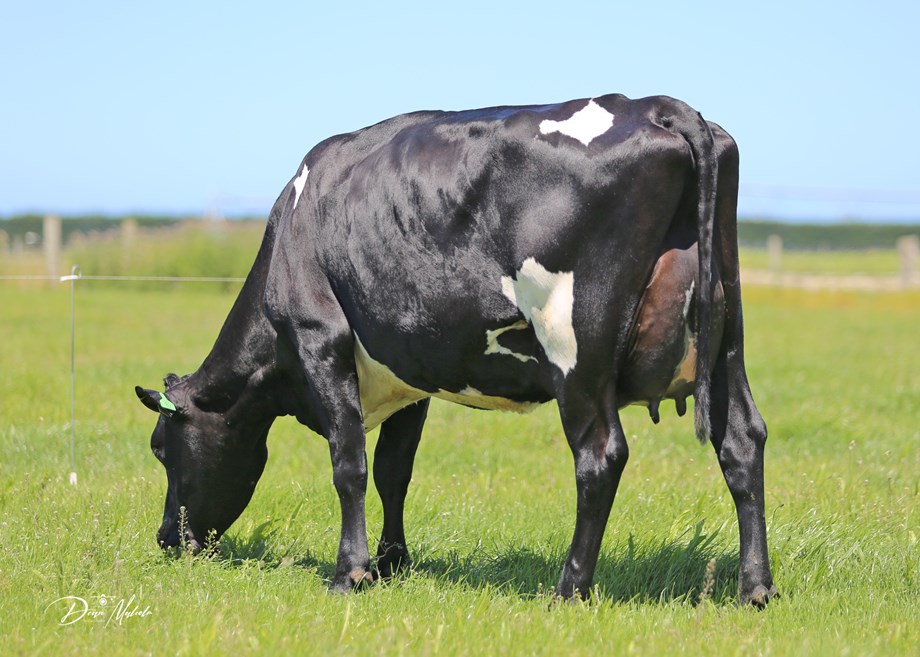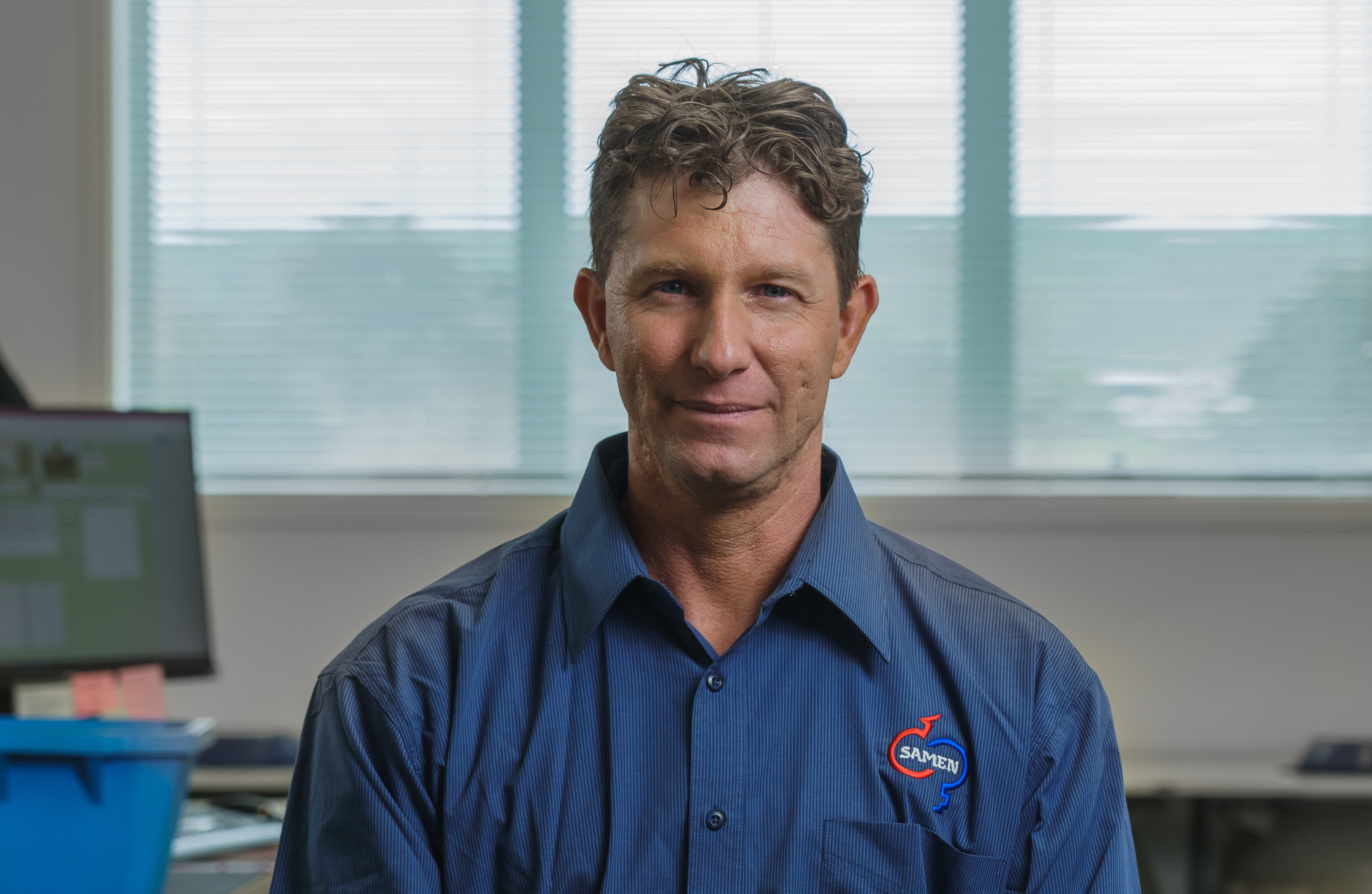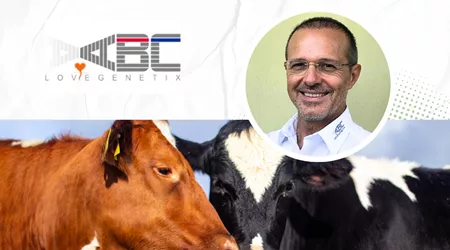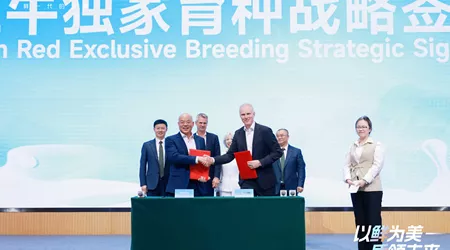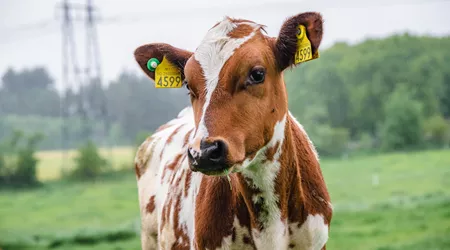With a strong focus on sustainability and animal welfare, the dairy industry in New Zealand is constantly evolving to meet the changing needs of consumers and the wider community.
In this Q&A article, we talk with Craig Mckimmie and Hamed Amirpour from Samen NZ. From sustainability and animal welfare to technological advancements and breeding strategies, we'll delve into a discussion that shapes the future of dairy farming in New Zealand.
Q: How would you describe the dairy industry in New Zealand?
A: New Zealand is the world’s largest grazing forage-based seasonal calving dairy industry and the world’s largest exporter of dairy products with a large proportion of the product processed into whole milk powder. Unlike many other parts of the world, our payment system is based on milk solids and milk solids percentage.
The New Zealand dairy industry has focused on efficiently producing milk solids by reducing the cow maintenance requirements through smaller cow sizes per kilogram of milk solids and increasing factory efficiency by breeding cows with higher component percentages. These two traits are the main drivers of the selection of international genetics for NZ conditions.
Part of this drive for milk production efficiency has led, in part, to some of the issues facing our industry, including the two million calves euthanized every year of jersey and jersey crossbred origins as they are not of sufficient beef characteristics to be utilized by the National Beef industry.
It is becoming increasingly important for the New Zealand beef and dairy industries to become interconnected to increase overall efficiency and sustainability developing breeding strategies that improve the outcomes for both the beef and dairy industries.
Q: What’s the perception of dairy crossbreeding in New Zealand?
A: New Zealand has the largest crossbred cow population in the world, with more than 50% of the 5 million dairy cattle national herd crossbred. Crossbreeding is well-accepted in the New Zealand Industry.
Q: What are the main drivers for using Norwegian Red genetics in New Zealand?
A: Norwegian Red Genetics can be used on the New Zealand crossbred population to maintain milk solids production while improving beef outcomes and producing more sellable cows and bull calves without significantly increasing the maintenance requirements of the dairy cow.
Other benefits include reducing the rate of mastitis and therefore, antibiotic use, the high prevalence of polled and A2A2 kappa casein in elite Norwegian sires, and the high fertility and longer estrus times are of benefit in the seasonal calving system.
Q: What are the main trends in dairy cattle genetics?
A: The trends in dairy cattle genetics are reducing the environmental footprint of our dairy products while increasing animal welfare and human health outcomes. This includes traits like multipurpose dairy cattle increasing the overall efficiency of animal products rather than focusing on milk production on its own, alongside stopping the unnecessary euthanasia of calves.
The use of homozygous polled sires to eliminate the stress and cost of dehorning, heath traits that can reduce the use of antibiotics and also mean happier healthier lives for the dairy cow, protein, and fat variants that may have positive effects on human health. As demand grows for dairy and beef, both industries will require strategies that can adapt and are sustainable while considering the environmental impacts, animal welfare outcomes, and social perceptions.
In pasture-based dairy farms, there is an economic case for investing in genetics to reduce animal losses due to reproductive failure, mastitis, and surplus calf losses. By selecting young, superior genetic sires from the start, genomic selection improves genetic predictions in young animals, reducing generation intervals and increasing the contribution of young, superior genetic sires to the population.
Q: What type of dairy cow New Zealand farmers should expect to fit future trends in the next 5-10 years?
A: The ideal New Zealand dairy cow will be moderate-sized trouble-free and have high components with excellent milk solids production while calving a valuable calf every twelve months.
The cows will be polled, A2A2, have a beautiful and healthy udder, and live a happy, productive life with minimal environmental impact.
Q: Which traits are the most important when you select Norwegian Red sires for your market?
A: The most critical component when selecting Norwegian Red sires is they have excellent milk solids production with high component percentages. They also need to be of moderate stature with good fertility and udders. All sires selected need to be A2A2 and preferably homozygous polled or polled.
